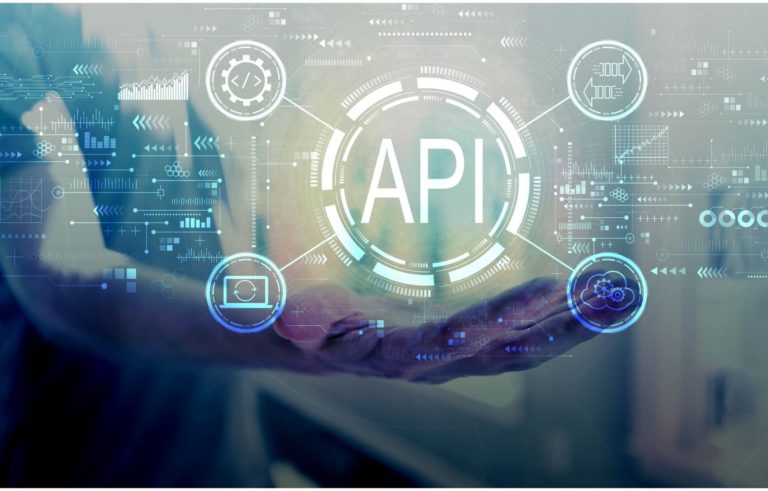An application programming interface (API) is an interface for software applications, and a successful API strategy can take your businesses into the future. APIs are used by software the same way people use a user interface for applications. Therefore, a company that knows how to implement APIs can significantly improve efficiency, reduce costs, and upgrade the bottom line. APIs serve as connective tissues in today’s software ecosystems.
Early adopters are already using APIs in many facets of a business. In e-commerce, APIs are used to manage inventories, suggest products and stores to customers relevant to them, and provide convenient modes of online payment. Social media platforms have exposed their APIs to allow developers to access their functionalities and integrate features into their applications. Many companies have already seen the significant role of APIs in linking businesses and technologies into efficient ecosystems.
With APIs getting more exposure and use cases, organizations that quickly adapt an API-centric model can create powerful new avenues for revenue growth.
How to Execute a Successful API Strategy
Businesses that implement a successful API strategy do the following:
- Distinguish the value
APIs can create a ton of value for a business. It is impossible to focus on all the value they provide, so it is important to distinguish those with great importance and prioritize those. Companies need to assign experts who will identify where they can create or improve and then determine the magnitude of their impact. It is easy to spot those that can cause a significant improvement in revenue, customer experience, and productivity with a reliable team.
One of the tried-and-tested ways to do this is to look closely at customer journeys. There are different customer journeys within an organization and across various businesses. The important thing here is to identify how APIs can solve persistent customer pain points because these are the parts of the customer journey that creates the most value.
- Know the IT environment
After identifying the value of APIs, understand that the data structure of the business will dictate the API implementation. Identify critical information such as where the data is stored, what security measures are in place, and if the APIs will be made public. By understanding the IT environment, it will be easier to make decisions later on.
- Establish a centralized decision-making body
Implementing and executing APIs effectively requires a different way of thinking of and for the organization as a whole. A lot of things may require change, possibly due to the faster pace of development. Moreover, new challenges may arise when it comes to data privacy and security.
A centralized decision-making body should monitor API design and development and resolve these security concerns. This centralized body must establish clear decision rights and pinpoint what API capabilities are needed and what new APIs the business needs to evolve.
- Run a small pilot program, then roll it out incrementally to a bigger audience
An API program must be made available and tested first to a smaller and more manageable audience like any new product or service, which can help identify problems on a smaller scale and figure out solutions. Polish the API program through the performance of a small pilot program before making it available to a bigger audience.
- Determine what to charge
With things set in place for the API strategy, the next step is to figure out what to charge. Identify the value of the API strategy and the underlying data to know how much it would cost. This will help paint a clearer picture of the new revenue stream created with the API strategy. Doing this will also help identify the right partners to nurture and evolve the API strategy.
In some cases, like how social media platforms execute their API strategy, a business may not charge anything for making its APIs accessible because the partnership forged through this may be of more excellent value.
Build an API Strategy and a Profitable Digital Ecosystem
API uses have been evolving for many years now. Still, it is not yet too late to design and implement a successful API strategy and create a money-making digital ecosystem. It is a continuously growing business opportunity. It gives a business a competitive advantage in the digital age. However, it comes with many challenges, and only those who master its implementation can sustain the value.
Reach out to us at sales@profoundlogic.com, and we can start exploring your business’s modern future together.

